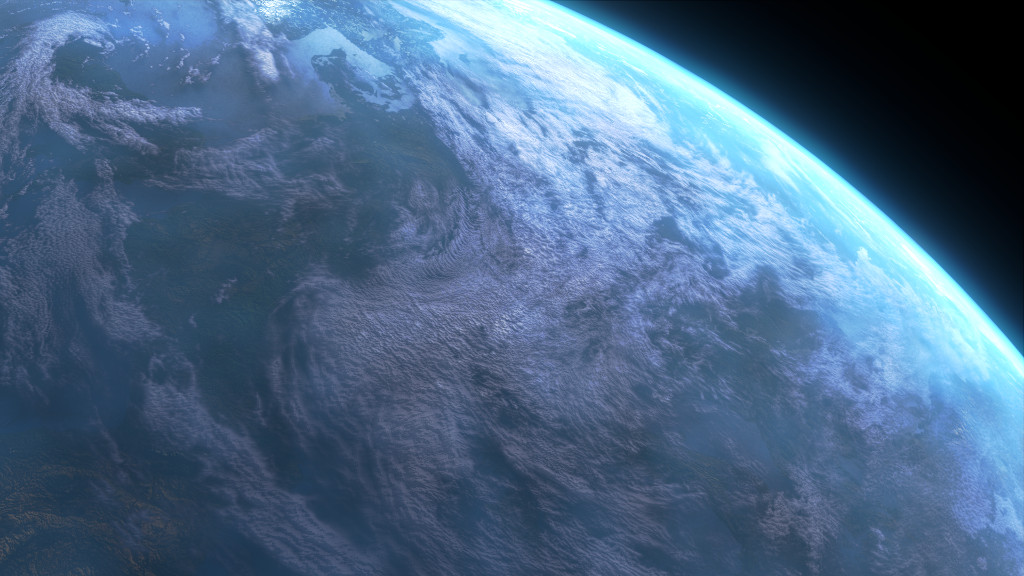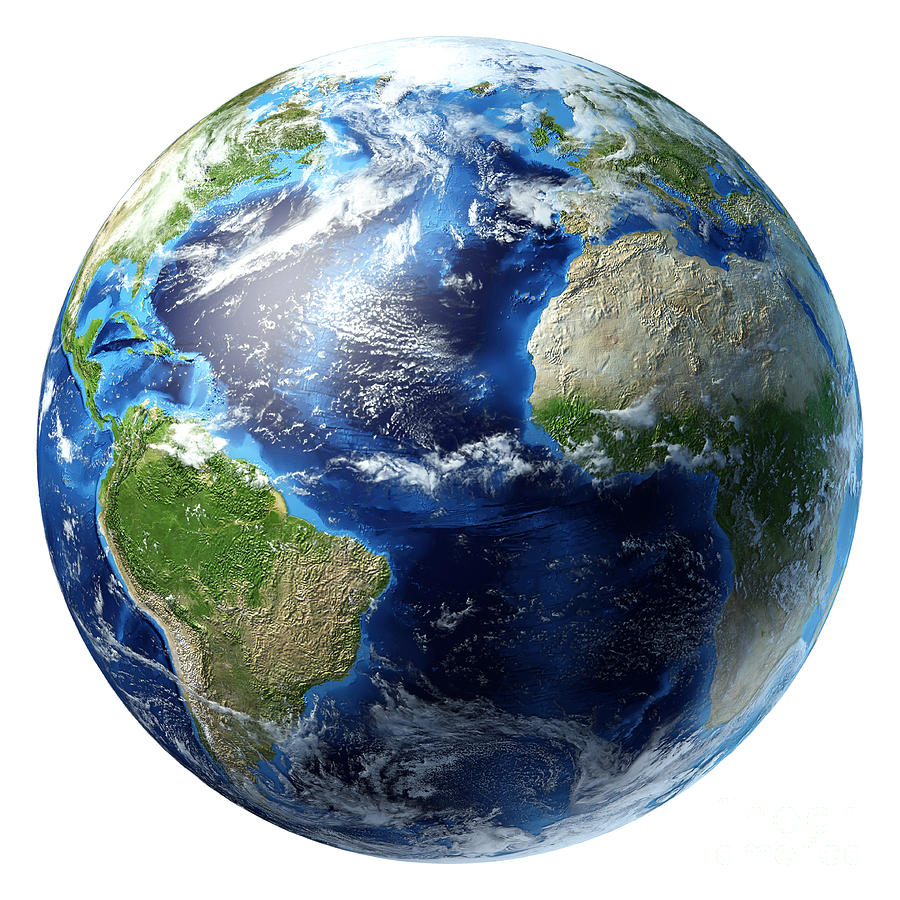
The International Space Station Program supports the laboratory as part of the ISS National Lab to help astronauts take pictures of Earth that will be of the greatest value to scientists and the public, and to make those images freely available on the Internet. The image has been cropped and enhanced to improve contrast, and lens artifacts have been removed. The image was taken by a member of the Expedition 68 crew. It is provided by the ISS Crew Earth Observations Facility and the Earth Science and Remote Sensing Unit, Johnson Space Center. The summits of Mauna Loa and Mauna Kea are conducive to retaining snow cover after winter precipitation events due to high elevation and freezing temperatures, and can remain snowcapped into late winter.Īdditional photographs of the volcanoes covered with snow can be seen in images acquired in 2014, 2015, 2016, and 2021.Īstronaut photograph ISS068-E-31770 was acquired on December 20, 2022, with a Nikon D5 digital camera using a focal length of 86-millimeters.

This means snowfall is not unusual on Mauna Loa and Mauna Kea as both summits exceed 13,000 feet. The heaviest precipitation in this region occurs during winter storms that can produce snow at elevations generally above 11,000 feet. Hawai’i has a tropical climate that includes two seasons: summer between May and October, and winter between October and April. Temperatures within the lava flow field on Mauna Loa have taken months to cool, according to U.S. Later in the eruption, lava flowed from two fissures down the volcano at 0.08 miles per hour (130 meters per hour). Then, lava from three fissures in the Northeast Rift Zone fountained to heights between 100 to 200 feet (30 to 60 meters). The 2022 eruption began with lava spewing out of a fissure in Moku’āweoweo, the summit caldera of Mauna Loa.


Most of the lava, however, is from past eruptions that produced more extensive flows. It produced a lava flow that extended up to 12 miles (19 kilometers) from the vent, some of which is likely visible in this image. This eruption-the first since 1984-started on November 27, 2022, and lasted until around December 10, 2022. The photograph was taken on December 20, 2022, after a winter storm dropped snow over Mauna Kea and the recently erupted Mauna Loa. An astronaut aboard the International Space Station photographed the island of Hawai’i and its snowcapped volcanoes Mauna Loa and Mauna Kea.


 0 kommentar(er)
0 kommentar(er)
